2025, the mental map of international tourism changes. In 2025, more and more U.S. travelers are leaving aside the big European capitals, such as Paris, in favor of less conventional, more intimate and authentic destinations: the hidden gems of southern Italy. Why?

Au revoir, Paris: Southern Italy as a promise of authenticity

If Paris is still the epitome of elegance, romance, and urban sophistication, Southern Italy is now the destination that wins over those seeking a real, living, immersive experience. This is not a passing fad, but a cultural trend: a return to what is human, accessible, surprising in its simplicity.
The shift in the desires of American travelers is not just about costs or crowding. It is a search for truth, for experiences rooted in the everyday, for the beauty of the extraordinarily ordinary.
In the age of social media, the routes of tourism are traced by a new compass, the algorithm. Hunger for exploration does not move nouveau travelers: what drives travel is a bulimic tourism summed up in a check list of places to tick off as virtual trophies.
The revival of Southern Italy is a real response to this social plague: it is a return to the unspoiled, to the real. It is a reconnection to what should be the very essence of travel: the connection with the place, the understanding of its stories, the love for its people.
Paris and Tourist Overexposure
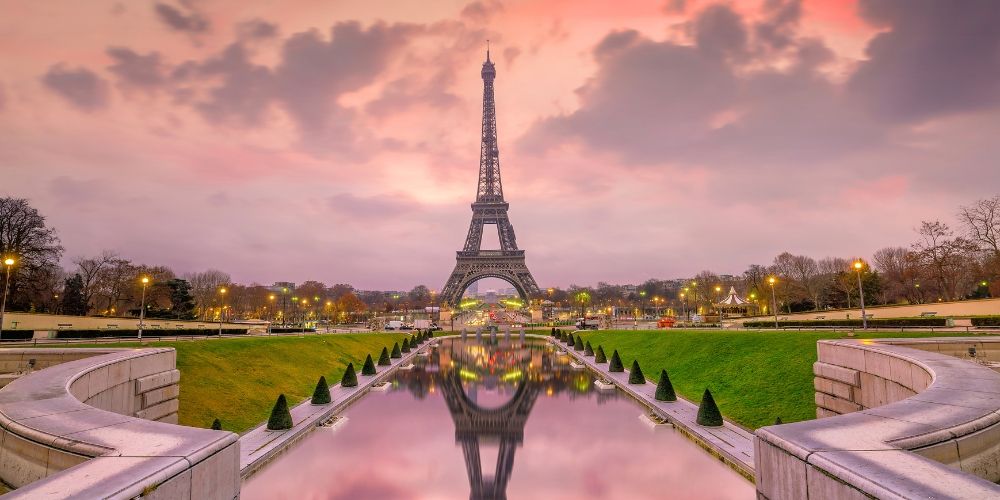
Those who choose Puglia, Naples, or Sicily in 2025 do so out of a growing need for real connection to place. The popular neighborhoods, the living squares, the village festivals, the markets at dawn. Things that Paris, today, struggles to offer because of over-tourism, globalization, commodification of its more traditional customs.
Paris has it all: the museums, the lights, the good food and wine. But many travelers are realizing that behind that iconic beauty lies the risk of homogenization. The city's romantic and cultural aura is in danger of being crushed by tourist overexposure, by the transformation of iconic places into static sets. Paris-like many major European capitals-is becoming, for many travelers, less an experience and more an image to be replicated. The boulevards, bistros, and museums are often overwhelmed by crowds, queues, advance reservations, and offers designed more for flows than for people.
Less showcasing, more veracity: the new allure of the Southern Italy
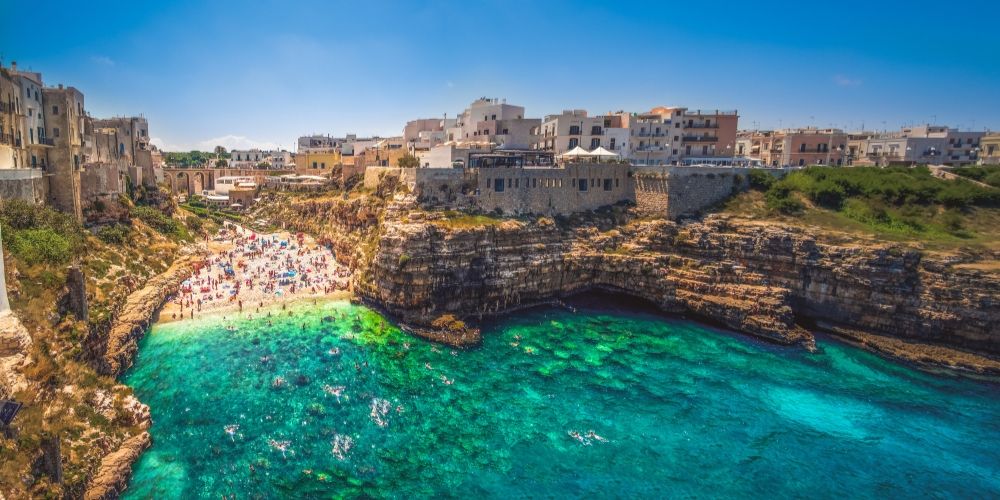
In Naples, people eat in the streets, converse with strangers, suspend coffees and get lost and find each other in the voices of the small streets. In Puglia, the sunset is reflected on the walls of masserias. In Sicily, every market is a theater, every dish a narrative. And all this without the “touristified” experience that now often accompanies the most beaten destinations.
A matter (also) of affordability and accessibility
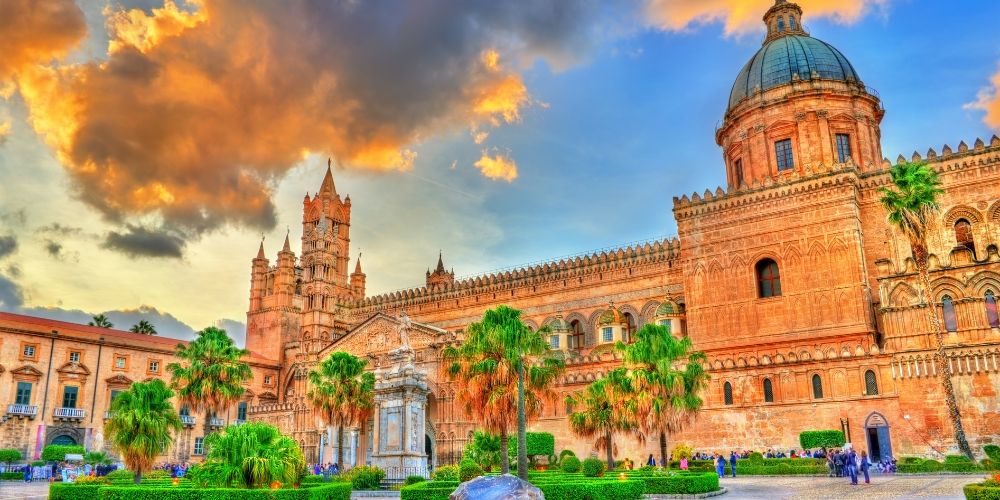
Sleeping in a masseria among olive trees, eating in a family-run trattoria or having a coffee in the historic center of a Baroque city costs far less than in the big capitals. And it is not a matter of sacrificing quality: on the contrary, it is often in the simplest places that the most authentic and valuable experiences can be found.
Moreover, new direct routes from New York, Boston, Miami, and Chicago to Naples, Bari, Palermo, and Catania make the South more accessible than it has ever been. With just a few domestic trips, multiple regions can be combined into one trip, with little economic or environmental impact.
Slow "Dolce Vita": Southern Italy and its Contagious Pace
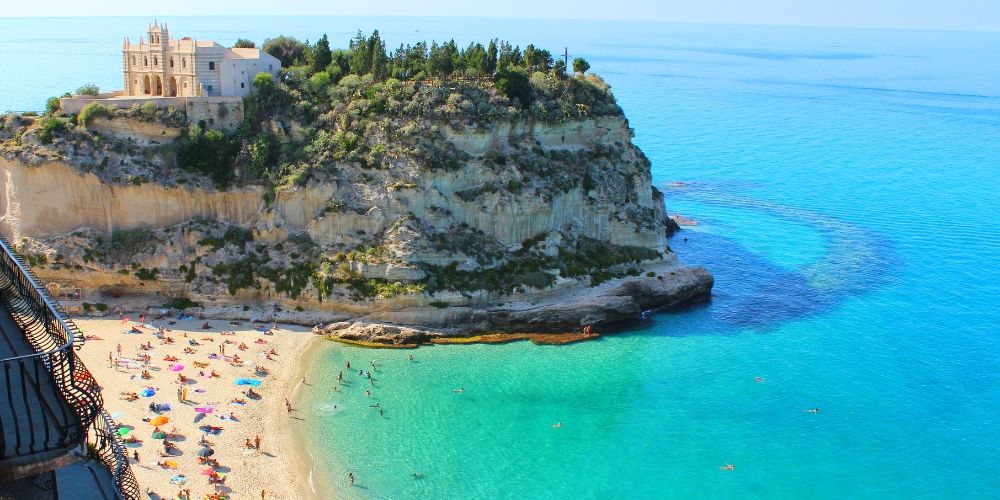
Paris, now, represents a spasmodic standardization of desires that, when realized, become a collection of empty fragments. And so it is that the tourist boom becomes a modern parable about the inability to live in the present. People no longer explore the roads to get lost and find themselves, but to leave digital footprints.
Southern Italy has the power to combat this now internalized dynamic. Its contagious rhythm can make people slow down, can reconnect with reality. Perhaps there is still hope for those who really want to see the different, not just through a screen, but with eyes “wide open to the world like blotting papers” (Guccini). And perhaps the South, if protected from this plague, can continue to be precisely that: a place to be experienced, not performed.
Three wonders of the South: Amalfi Coast, Matera and Calabria
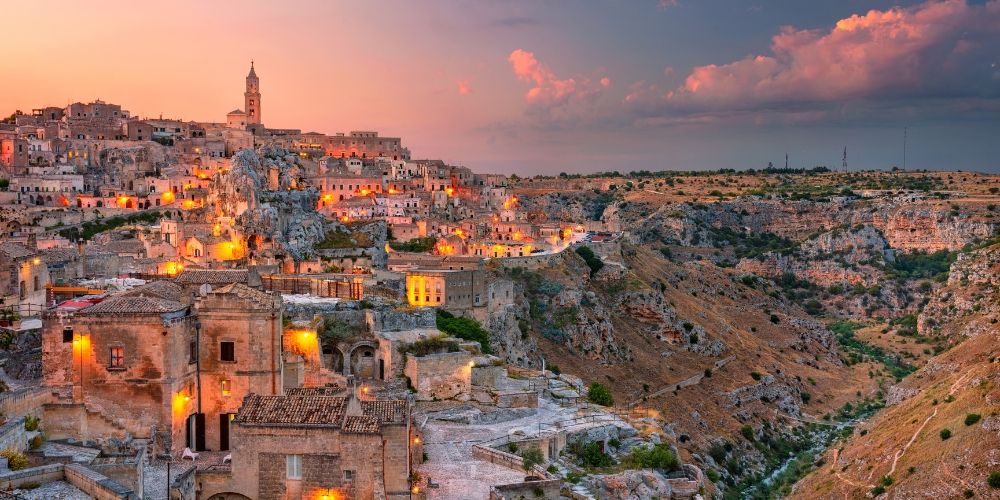
- Matera: not a recent discovery, but a necessary return. The Sassi are not postcards: they are living history, houses carved in stone, silences that tell centuries of resilient humanity. Walking around Matera is not just looking: it is listening to a past that still speaks, if you do not cover it with a zoom.
- Calabria: the most authentic, the least domesticated. It is for those who know how to slow down, for those who seek raw, unpackaged beauty. Depopulated villages, wild coastlines, food that tells the story of the land. Calabria does not let itself be filtered: either you really meet it, or it rejects you.
Southern Italy: 2025's Rising Star

At a time in history when tourism is changing face, the South offers itself as a possible answer: less consumption, more relationship. For American travelers, it is an opportunity: not only to get to know another Italy, but to experience another way of traveling. One that looks a little more like life.
About the author
Written on 25/07/2025

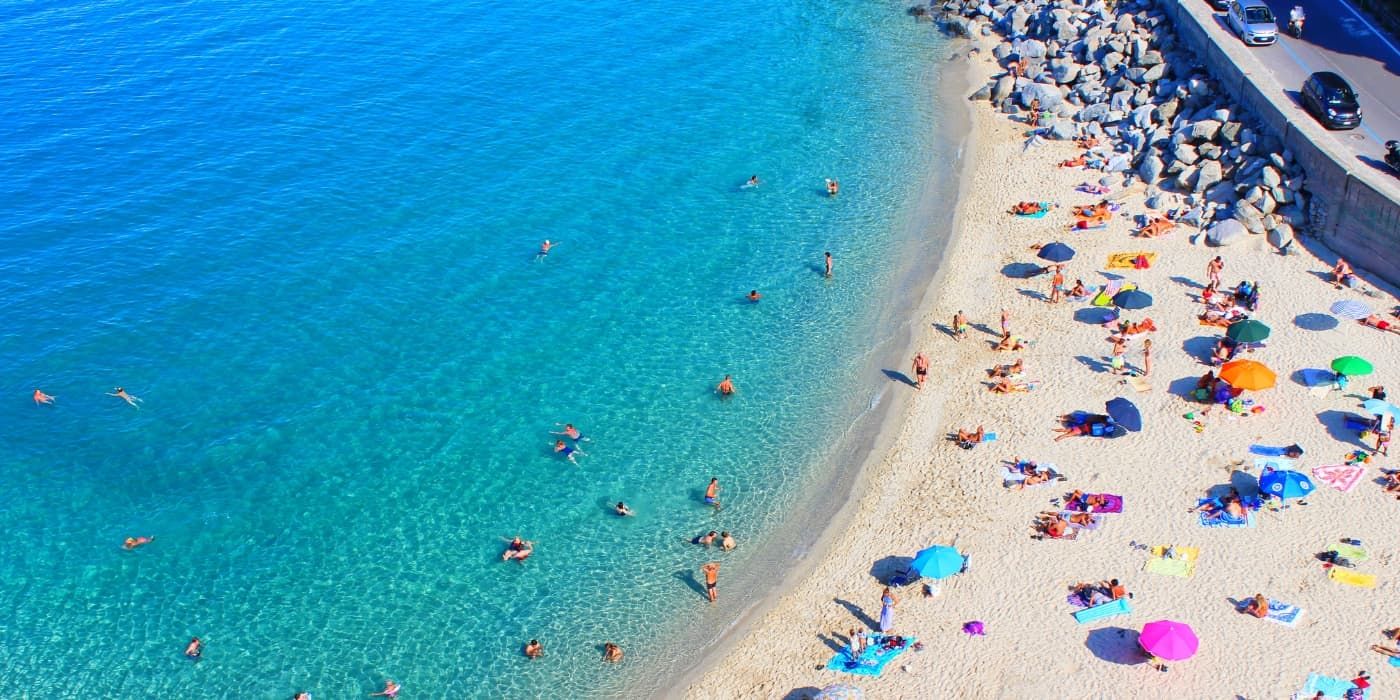

Ginevra Infascelli
In 2025, more and more Americans are choosing Southern Italy: authentic and far from the clichés of European capitals. A trip that resembles life.